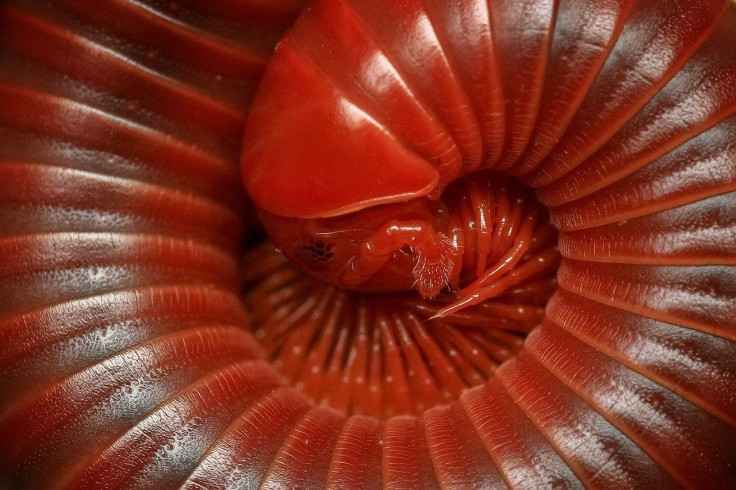Scientist Discover First 'True' Millipede With Over 1,300 Legs In Australia
KEY POINTS
- The researchers found the "thread-like" millipede in a drill hole for mineral exploration
- Its name references the Greek goddess of the underworld, Persephone
- The previous record holder is a millipede species from California
Scientists have found the first "true" millipede that actually has over a thousand legs. It beats the previous millipede record holder, which has 750 legs.
Millipedes have lived on Earth for over 400 million years, the authors of the paper describing the discovery, published in the journal Scientific Reports, said. The name millipede itself translates to "a thousand feet," with mille meaning "thousand" and ped meaning "foot."
However, this is actually a bit of a misnomer as no millipede has been found to have more than 750 legs. Until now, the record holder for having the most legs is the Illacme plenipes from California.
The new "super-elongated" millipede was discovered 60 meters (200 feet) underground in a drill hole for mineral exploration in the Eastern Goldfields Province of Australia, Nature Publishing Group noted in a news release. Discovered in August of 2020, the "pale, thread-like" creature is 95.7 mm long, eyeless, and has a cone-shaped head with antennae and a beak. Incredibly, it has a "record-setting" 1,306 legs, far surpassing the previous record holder or any other animal for that matter.
"I counted three times, and it took about 1 hour," Paul Marek of Virginia Tech, one of the study's authors, told CNN.
A @SciReports paper reports the discovery of the first millipede with more than 1,000 legs. Prior to this, no millipede had been found with more than 750 legs. https://t.co/l6fnahh4Tw pic.twitter.com/j1erGXbegd
— Nature Portfolio (@NaturePortfolio) December 16, 2021
The researchers named it the Eumillipes Persephone, with the "eu" in the name coming from the Greek word meaning true and Persephone referencing the Greek goddess of the underworld.
"The genus is named because it is the first true millipede with more than 1,000 legs," the researchers wrote. "The species epithet is derived from the Greek mythological goddess of the underworld, Persephone, who was originally from the surface but was taken to the underworld by Hades."
Analysis revealed that the E. Persephone is actually distantly related to the prior record holder from California. The researchers surmise that it's possible that the large number of segments and legs in both record holders allows the creatures to "generate pushing forces" to help them move in their soil habitats, Nature Publishing Group noted.
"In the case of E. persephone, and its micro-cavernous habitat, the remarkable number of legs may be associated with a comparable search for limited resources in its "micro-cave"-like interstitial habitat," the researchers wrote. "Short legs are likely advantageous in the small cavities of such a habitat, and perhaps compensated for by an increase in their number, which would maintain pushing power."
The "unexpected" discovery highlights the Eastern Goldfields Province as an "exceptional repository of biodiversity," the researchers noted. As such, they stress the importance of conserving the habitat that may be impacted by mining.
"Discovered in the resource-rich Goldfields-Esperance region and threatened by encroaching surface mining, documentation of this species and conservation of its habitat are of critical importance," the researchers wrote.

© Copyright IBTimes 2024. All rights reserved.






















